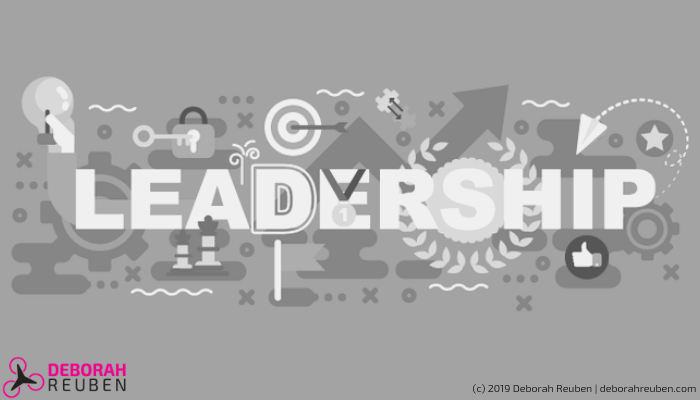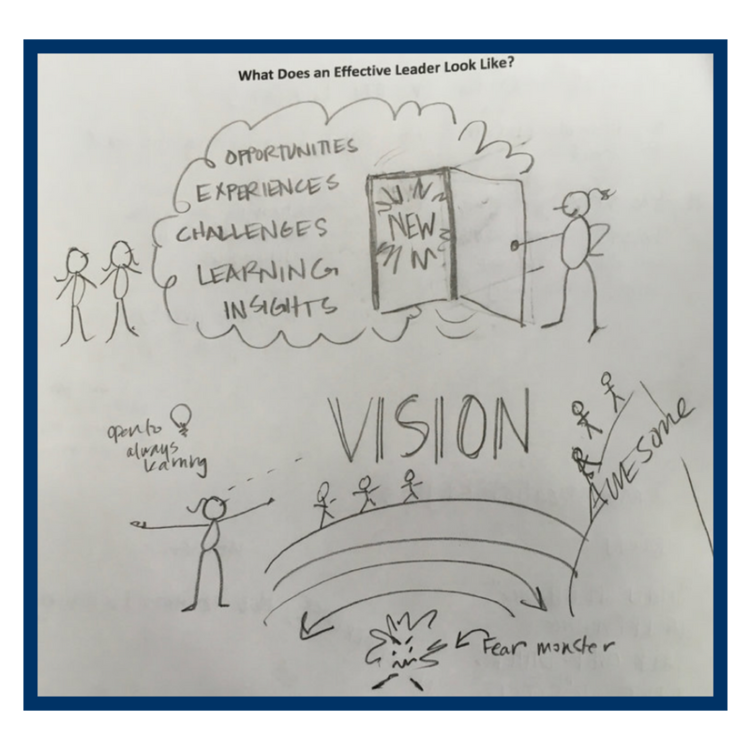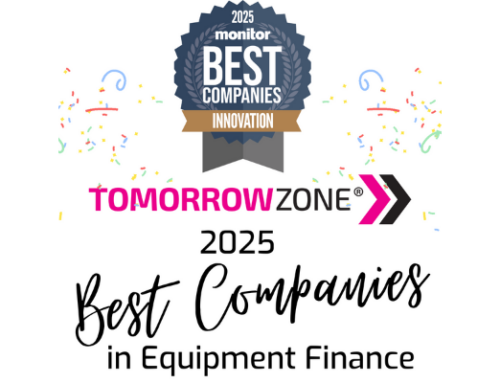
For all of the years that I have participated in this industry, the inaugural Women’s Leadership Forum put on by the Equipment Leasing and Finance Association, was amongst the best conferences I have experienced – by far. Throughout the event, there were fantastic teachings on strategic networking, effective networking at conferences, communication, leadership, and persuasion. It was a truly exceptional experience.
At the forum, I had the pleasure of meeting several new women in our industry; many of whom were attending their very first association event. Seeing these women intermixed with countless brilliant leaders, filled me with excitement for the future of equipment leasing and finance. When I envision the long-term future of this industry, I not only see the application of advanced technology to change business models and customer interactions- I see women playing critical roles in making that happen.
During the discussions, Dr. Teresa Boyer and Dr. Tanya Menon led engaging and thought-provoking sessions, which left me with many actionable takeaways from which to apply directly to my life- both personally and professionally. After taking time to process the abundance of information covered, here are my key takeaways:
1. We are a force for the future.
Women in this industry are sharp, intelligent, and exhibit many attributes of effective leaders; we are a force for the future. In this event alone, I met smart, forward-thinking, and creative women who represent every role in how we conduct business. Imagine the impact on the industry, if we were to gather together and focus on long-term thinking. What if a group of empowered, entrepreneurial, and innovative women collaborated to re-imagine the future of equipment finance and leasing? Looking forward, I hope to see many more women getting involved in leadership roles across this industry. As advised by Lori Fraiser, SVP, Strategy and Performance Management -Key Equipment Finance and ELFA Women’s Council Chair in her closing statement:
“If you don’t ask, you don’t get… You are a force for the future, speak up, get involved.”
2. Challenging status quo
It’s about awareness and taking action. You have a responsibility to take action; to challenge long-held biases. Speak up for yourself. In Dr. Terri Boyer’s session, we were asked to sketch a picture of the attributes of an effective leader. First individually and then as teams, we created composite drawings of leaders. Next, we collectively combined these attributes into a single sketch.

Where gender-identification was possible, the resulting illustrations were female. However, as Dr. Boyer shared, this is entirely different from how people typically envision leadership in other contexts. She challenged the attendees, “Just do a quick google image search for the word, ‘leader,’ what do you see”? After searching, I found mostly pictures and illustrations of men. It’s not a male vs. female thing; instead, it is an exploration of how we see leadership. What are the attributes of an effective leader?
Leadership qualities discussed in my group explored the way that strong leaders positively impact others by opening the door to new opportunities, challenges, learning, experiences, and insights. They are open to continual learning and cast a clear vision in helping the team to move forward and overcome challenges. Effective leaders are transformative leaders.
When I speak of “leadership,” I do not intend to imply one’s position or title. I am referring to having significant influence and impact. To prepare for the road ahead, we need to see more of the inclusive leadership traits discussed here. With the powerhouse of talent represented in this single event, it is possible that we will soon see more women in this industry rise and take their place in leadership.
3. Persuasion for behavioral change.
Dr. Tanya Menon’s content on persuasion for behavioral change was terrific. Through her engaging teaching style, she cleverly illustrated communication concepts which left me eager to take action to learn more.
For me, the most thought-provoking take away was the concept of “designing for behavioral change.” How might we make it easy for people to change their behavior? For example, in our industry, I see many companies invest in business process and technology transformation initiatives. However, these companies don’t get the benefit of that investment if they can’t get their employees and customers to use the system. What if these initiatives were designed for behavior change, making it easy for end-users and customers to adopt new ways of doing things? In my observation, this has been a considerable missing step in the solutions I have seen in this industry over the years. With the technical possibilities available today, we can apply new thinking to designing solutions for real customer desired outcomes, it is only a matter of time before innovative industry participants figure this out.
As an example, when I reflect on my own experiences, why do I use Amazon to shop when I have so many other options? Amazon designed the point of sale experience to make it so easy to transact with them; it becomes difficult to imagine going anywhere else. Why is it so easy to binge watch a whole season of streaming videos? The provider designed the viewing experience to roll from one episode’s cliff-hanger, directly into the next episode requiring you to do more work to stop than continue.
In our industry, what could this knowledge of behavior change mean for the customer and end-user experience? Why does a customer continue to come back to you for leasing or equipment financing? Is it because you make it easier for them to come back to you than finance with someone else? Why is your new process and system successfully reducing cost and increasing efficiency in your operations? Is it because you designed the experience in a way that makes it easy for the end-users to change their behavior and achieve that result?
What if we made it easier for women to rise, and realize their leadership potential? It seems as though we may have started something that could make that vision come to life. With programs like this and commitment to continue to raise awareness and create opportunities, I am confident that we will continue to see more and more women rising up, getting involved, and taking leadership roles in our industry to be a force for the future.





